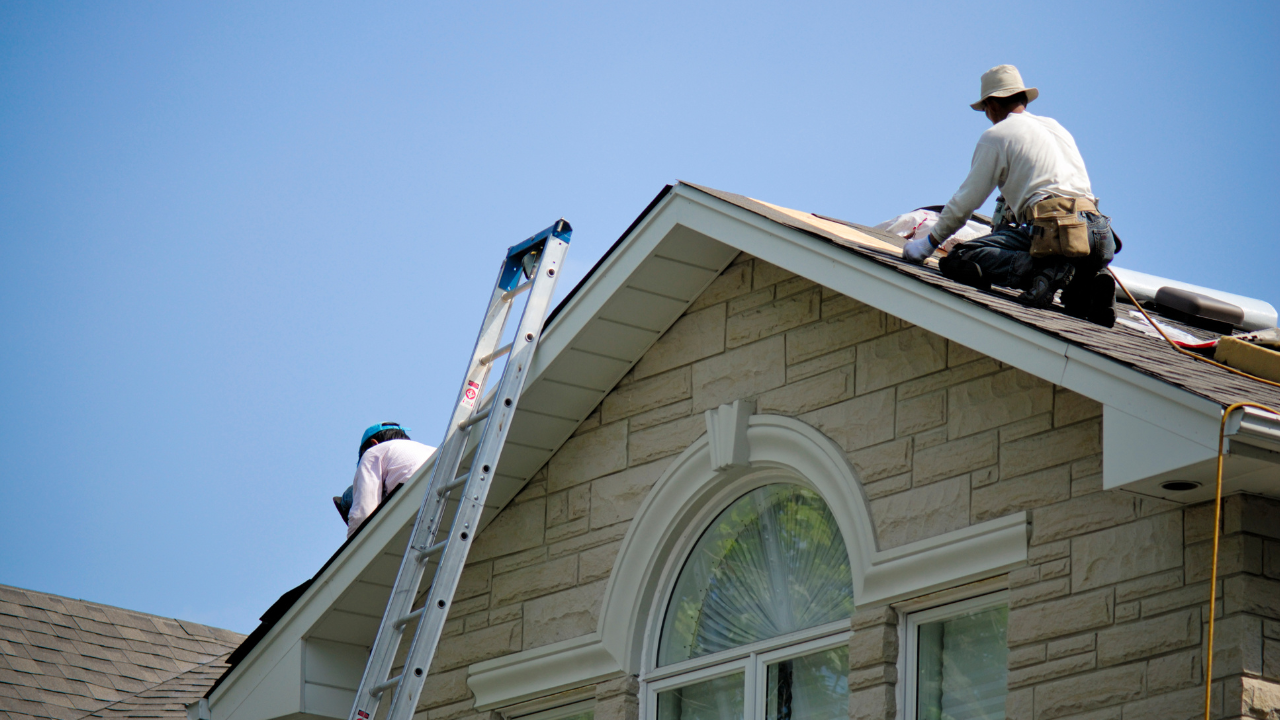Home remodeling, particularly when restoring a whole house, can be complex and challenging. It can interrupt your everyday life, harm relationships, and put a burden on your wallet. There are some benefits of renovating the house such as: adding resale value, creating more living space, and best of all you can enjoying the beauty of a freshly remodeled house. Examining the numerous aspects and the overall flow of such a large project may give insight into what's involved and help you plan and manage the refurbishment more successfully.
Make a remodeling plan
Planning and strategy are vital for the success of any project, even a whole-home restoration. Proper planning is not just recommended; it is also a necessary step that may help minimize stress, save money, and guarantee that your remodeling goals are accomplished quickly.
Education and comprehensive study are critical components of a successful renovation project. It's critical to approach planning methodically and avoid hurrying. Give yourself the time you need to make a thoughtful strategy, describe your goals clearly, and set a reasonable deadline. Spending time and effort in the planning phase might help you avoid issues and difficulties later on in the renovation process.
Design
Now that you decided to do a home renovation, think and have an idea of what you want to get from this project and your ways of reaching this plan. It's crucial to identify any potential issues and make necessary adjustments during the planning stage, long before construction begins. Consider which aspects of the renovation you might want to tackle yourself. You need to create a list that separates the tasks that you can do yourself and those that you need professional services. If you’re planning a kitchen or bathroom redesign, take the time to search for and select reputable contractor services and subcontractors to ensure the quality and success of your renovation project. These professionals will play a significant role in bringing your renovation plans to fruition.
The funding process
Renovating a whole house can be costly, so start with a clear budget. Be realistic and write down how much you can spend.
If you do not have enough money to finance to complete your project, you will need to look into these options. The following are common sources of finance for whole-home renovations:
- Home Equity Loans or Lines of Credit: If you have equity in your house, you may borrow against it with a home equity loan or a home equity line of credit (HELOC). These loans, which utilize your property as collateral, can provide significant money for your remodeling
- Mortgage Refinancing: Getting rid of your current mortgage may provide you with extra funds for remodeling. This option allows you to replace your current mortgage with a new one that may have a lower interest rate while borrowing additional funds for the refurbishment.
- Personal loans: They are available without collateral for home improvement projects. They do, however, frequently have higher interest rates than secured loans.
- Construction Loans: These loans are designed specifically for large renovation or construction projects. They usually have shorter periods and higher interest rates, but they can be a good method to get cash for large upgrades.
- Savings and investments: If you have investments or savings that aren't locked up in retirement accounts or other long-term assets, you can utilize them for your remodeling.
It is critical to examine the interest rates, periods, and fees connected with various funding choices to determine which one is best for your scenario. Consult a financial expert as well to verify that your remodeling plans correspond with your long-term financial goals.
You can proceed confidently after you have a clear budget and finance plan in place, knowing you have the financial means to effectively accomplish your whole-home remodel.
Obtaining permits
Obtaining the required permissions is an important step in any home remodeling. First, determine whether permissions are necessary depending on the scale and location of your project. Fill out permission applications correctly, and be prepared to pay any costs that may apply. Wait for clearance, which might take weeks. Schedule inspections at various phases of the project once authorized to verify compliance with local building codes. Your project will be approved once all inspections have been completed. Maintain meticulous records of all permit-related papers. If the procedure is daunting, seek expert help. To avoid problems, always follow permit requirements and construction rules. Permits are essential for both safety and compliance.
Conclusion
To sum up, effective renovation requires strategic preparation, extensive research, and careful consideration of design and services. These essential measures ensure a pleasant and gratifying renovation experience that meets your expectations.































